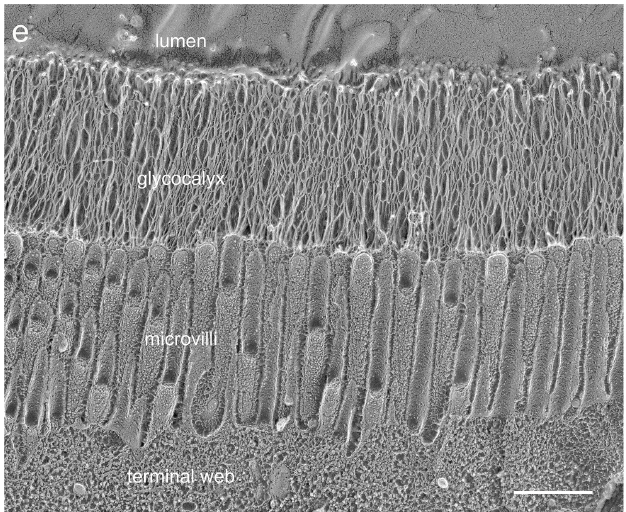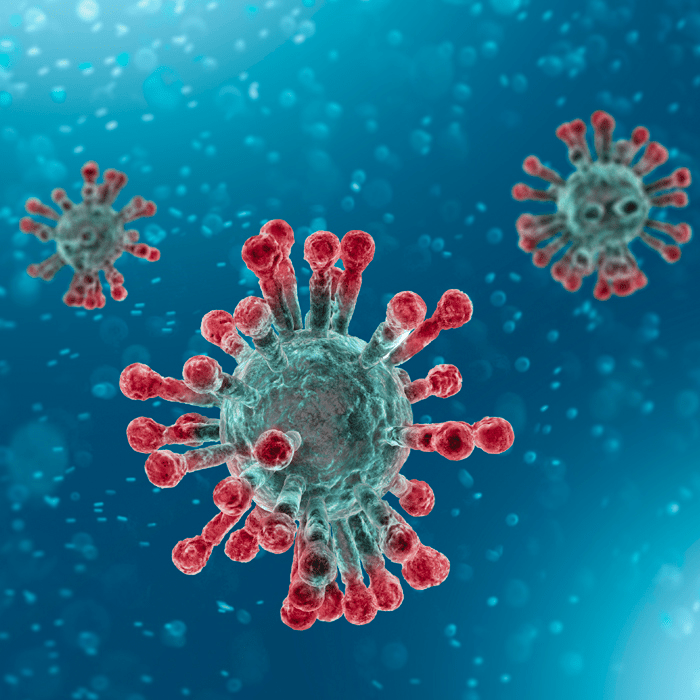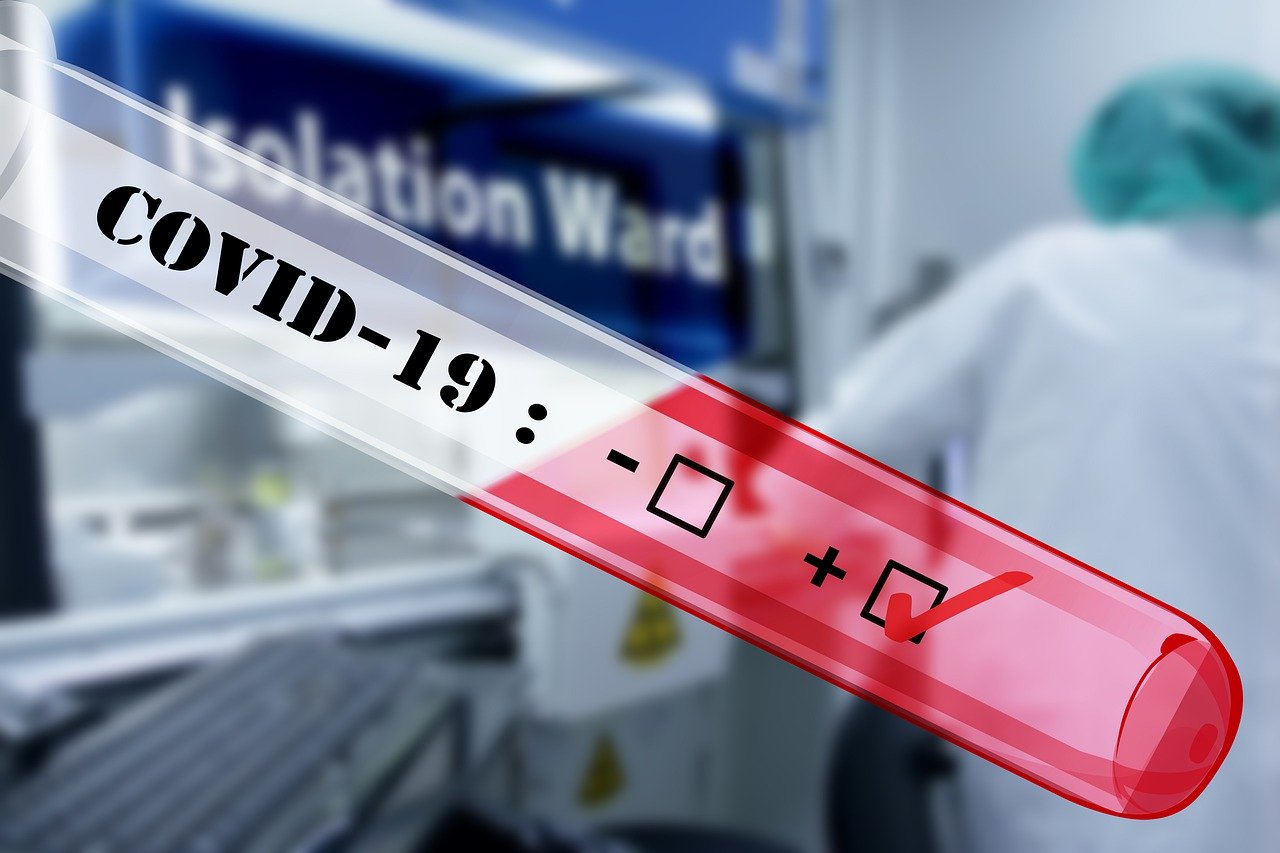I consider below the best explanation I’ve heard regarding:
- Virus transmission
- Its half-life
- What measures to take to prevent the spread
This is precisely why we developed the WelloWatch to measure and display the susceptibility index. The aerosolization articles by Dr. Taylor and Dr. Cohen explains the transmissibility index.
Spread the Word, Not the Virus
Original article appears on GlycanAge by Dr. Gordon Lauc, PhD
COVID-19 has developed into global pandemics, which we probably cannot stop any more. The virus is not very deadly but is spreading rapidly and can cause a collapse of the healthcare system, even in developed countries like Italy.
Therefore, we have to do our best to slow the spread of the virus so that people that require hospital care get infected in a wider time window. This is the responsibility of every one of us.
Essential Protective Measure
In addition to avoiding social contacts and washing hands often, there is an additional essential protective measure we forget frequently.
Our mucosa (a membrane that lines inside of our mouth, nose, all airways, eyes, etc.) is protecting our cells with a thick layer of glycans. However, it has to be moist to be a functional barrier.
Air-conditioned spaces (both heated and cooled) generally have very low humidity, which dries out mucosal surfaces and makes them vulnerable to infection.
Humidity
Since absolute humidity is strongly dependant on temperature, each time we open windows during the winter, we lose 1-2 liters of water from an average room. This process then dries our mucosal surfaces, which become porous and do not protect us from viruses.
Boiling Water
Fortunately, this can be fixed easily, either using different humidifiers or by simple boiling of water. However, it is important to note it is often needed to evaporate at least 3-4 liters of water per day to reach humidity levels of approx. 50% is necessary to keep our mucus flowing and protecting us from viruses and bacteria.
Winning the War
Viruses are our eternal “enemy.” And we are fighting this war for millions of years. We lost a couple of battles, but we are still winning the “war” and will also survive this latest outbreak of the virus.
Two main weapons in our arsenal for the “war against viruses” are:
1. The immune system.
2. Glycans. We are all aware of the importance of the immune system. Therefore, I present evidence about the importance of glycans, below.

Our cells are protected with a thick layer of glycans (Photo adapted from Sun WW et al., Communication biology 3, 5; 2020)
As it is clearly shown in the photo above, a thick layer of glycans (called glycocalyx) covers our cells. Any virus or bacteria that want to infect our cells has to first pass through this glycan shield.
Most interactions between us and pathogens involve glycans, and inter-individual variation in glycan diversity provides us with the ‘herd innate protection’ (Le Pendu et al., Current Opinion in Virology 88-94, 2014). Mucins secreted to our body fluids represent an important protective mechanism that attenuates viral infectivity (Wheeler et al., Nature Microbiology 4:2146–2154, 2019).
However, for this barrier to be functional, it has to maintain a constant flow of mucins that mimic glycans on our cell surface and block infection.
And, if exposed to dry air, these barriers dry out, cracks form, and viruses and bacteria have free access to our cells. Animal experiments showed increasing relative humidity from 20% to 50% could decrease mortality by nearly 50%, indicating the impact of low humidity is very strong.
Low Humidity
During the day, this can be compensated by frequent drinking of water. Still, low humidity in places where we sleep can really dry out our mucosa and facilitate the spreading of both viruses and bacteria. And, this is the most probable cause for seasonal variation in respiratory infections, but also frequent infections during long haul flights.
Sources
Updated on March 21, 2020
Recent data from China suggest this is also true for COVID-19 since both higher temperatures and higher relative humidity significantly reduced transmission of the SARS- Cov-2 virus (Wang et al., SSRN, 2020)
Updated on March 24, 2020
Also, the Annual Reviews of Virology published an important review article recently. Also, this review is not direct COVID-19 data, but many things can be extrapolated since it considers all respiratory viruses. Below are key figures from the review. As well as recommendations on how to limit virus transmission in winter.
The review also lists numerous research papers that demonstrated the efficiency of humidification of air on the reduction of transmission of respiratory viruses:
- Ritzel, G., 1966. Sozialmedizinische Erhebungen zur Pathogenese und Prophylaxe von Erkältungskrankheiten. Int. J. Public Health 11:9–16
- 123. Sale CS. 1972. Humidification to reduce respiratory illnesses in nursery school children. South Med. J. 65:882–85
- Green GH. 1974. The effect of indoor relative humidity on absenteeism and colds in schools. ASHRAE Trans. 80:131–41
- Green GH. 1985. Indoor relative humidities in winter and the related absenteeism. ASHRAE Trans. 91:643–56
- Green GH.1982. The positive and negative effects of building humidification.ASHRAE Trans. 88:1049– 61
- Gelperin, A., 1973. Humidification and upper respiratory infection incidence. Heating, Piping, Air Conditioning 45:77–78
- Shaman J, Kohn M. 2009. Absolute humidity modulates influenza survival, transmission, and seasonality. PNAS 106:3243–48
- Reiman JM, Das B, Sindberg GM, Urban MD, Hammerlund MEM, et al. 2018. Humidity as a nonpharmaceutical intervention for influenza A. PLOS ONE 13:e0204337
Original article appears on GlycanAge by Dr. Gordon Lauc, PhD
Learn More
Learn more about your environment and infection risk with the welloWatch app.


